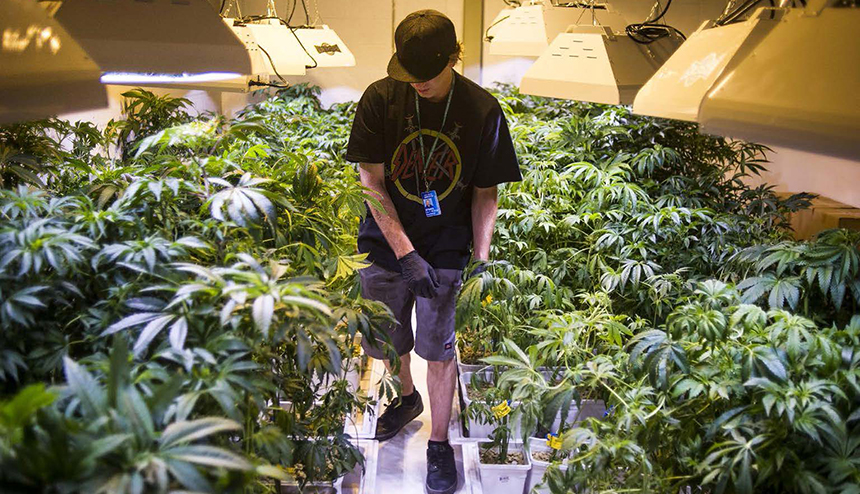Farming
Cannabis Worker Health and Safety
PestiSeguro™/PestiSafe™ en español
View in English / Ver en español
Protege al trabajador y ambiente.
Información de seguridad y protección al ambiente de las etiquetas de pesticidas, en inglés y español, a la mano y encualquiere momento y lugar para cultivos especializados del estado de Washington:

